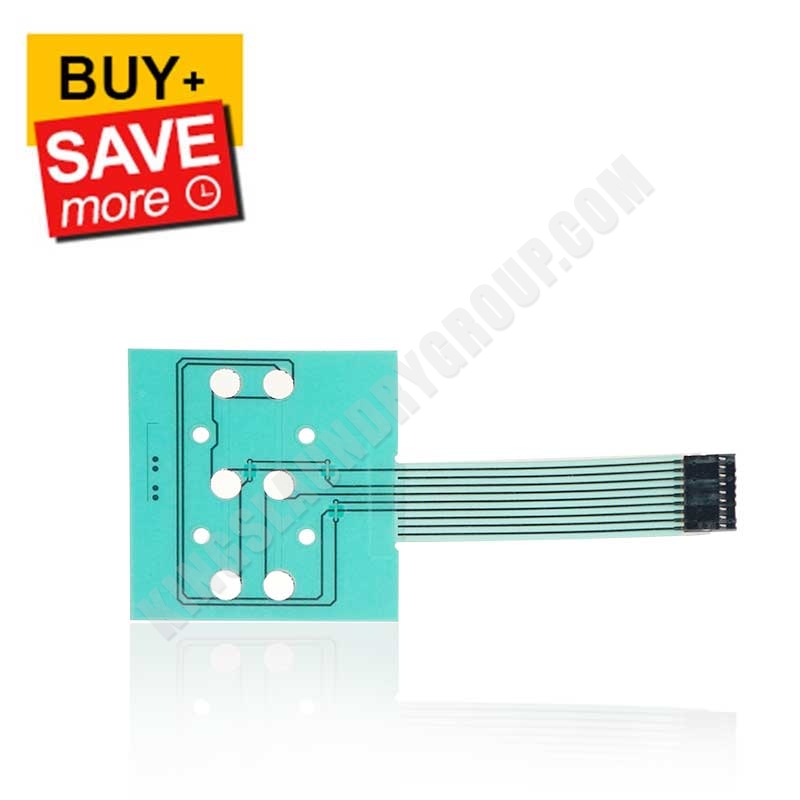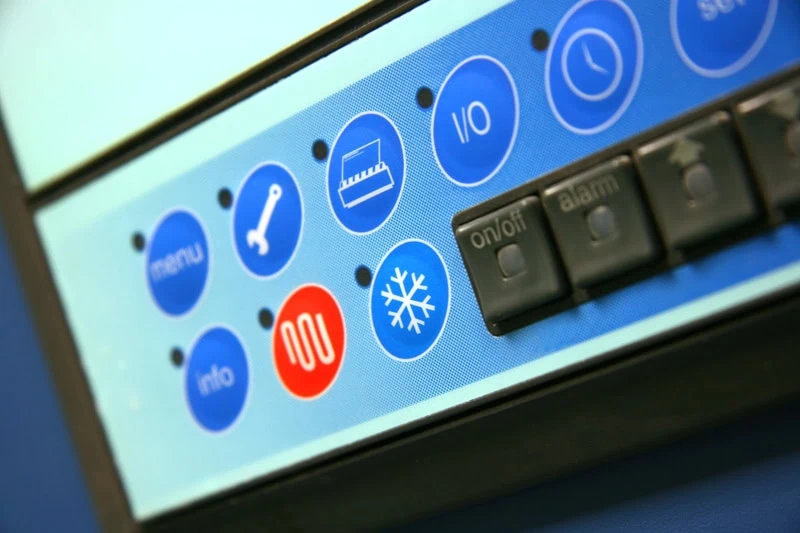Discover the Future of Control Interfaces: Why Membrane Switches Are Acquiring Popularity
As sectors increasingly prioritize straightforward and efficient control user interfaces, membrane layer switches are arising as a compelling service that incorporates functionality with style adaptability. With the rise of wise modern technology and sustainability issues, the innovations and capacities bordering membrane switches over warrant closer assessment.
Understanding Membrane Buttons
Membrane layer switches are essential elements in modern-day electronic gadgets, offering as user interfaces between individuals and equipments. These buttons contain numerous layers, normally consisting of a graphic overlay, a spacer layer, and a circuit layer. When an individual presses a button on the overlay, the top layer reaches the circuit layer, finishing a circuit and sending a signal to the device. This basic yet reliable device allows for smooth communication with modern technology.

Sturdiness is another crucial function, as membrane layer buttons can be developed to resist ecological aspects such as moisture, dirt, and chemicals. This durability makes them perfect for applications in harsh problems. In general, understanding the framework and function of membrane layer switches is crucial for appreciating their role in the advancement of interface in today's technology-driven globe.
Key Benefits of Membrane Switches
Using a variety of advantages, membrane layer switches have actually ended up being a preferred option in different applications (Membrane Switches). One of the main advantages is their small design, allowing suppliers to optimize area in tools without jeopardizing capability. Membrane layer switches are light-weight, which is specifically important in mobile digital devices

In addition, these switches offer exceptional longevity. Constructed from versatile materials, they are immune to dirt, dampness, and a selection of environmental elements, making them appropriate for rough problems. This resilience typically equates into a longer life expectancy compared to conventional mechanical buttons.
Additionally, membrane layer switches over permit smooth assimilation of graphics and icons, supplying visual adaptability and boosting customer experience. Modification choices are extensive, enabling brand names to develop special interfaces that align with their product identification.
An additional secret advantage is their ease of cleansing and upkeep. The flat surface of membrane layer changes avoids the build-up of dust and gunk, making them suitable for sanitary atmospheres. Membrane layer switches are cost-efficient, as they can be produced in high quantities at lower expenses, making them easily accessible for a wide array of industries. These factors collectively add to their increasing popularity in modern-day control user interfaces.
Applications Throughout Industries

A myriad of sectors are significantly embracing membrane switches due to their adaptability and functionality. These manage interfaces are especially widespread in the automobile field, where they are made use of in dashboards and infomercial systems, offering a smooth and straightforward interface. In the clinical area, membrane layer switches assist in the procedure of analysis tools and person monitoring systems, ensuring reliability and convenience of usage in important circumstances.
Additionally, the consumer electronics industry gain from membrane buttons in tools such as microwaves and remote controls, enabling for streamlined design and enhanced sturdiness. Membrane Switches. The aerospace field additionally makes use of membrane switches in cockpit controls, where area restraints demand reliable and compact layout solutions
Additionally, the industrial market utilizes membrane buttons in equipment control panels, offering strength against extreme settings and guaranteeing functional performance. Retail environments have accepted membrane buttons in point-of-sale systems, boosting individual communication while keeping aesthetic appeal.
Design Patterns in Membrane Layer Buttons
Evolving along with technical innovations, layout patterns in membrane buttons are increasingly focused on enhancing individual experience and visual allure. Modern membrane switches are being made for simpleness and instinctive use, enabling individuals to navigate user interfaces easily. This change towards user-centric design highlights responsive responses, guaranteeing that customers get immediate confirmation of their actions.
Additionally, adjustable graphics and colors are ending up being typical features in membrane button designs. This flexibility permits producers to create customized interfaces that align with branding and particular customer needs. The unification of backlighting is one more famous pattern, as it not only boosts visibility in low-light problems but additionally adds a visually striking component to the general style.
This change not just enhances aesthetics but also contributes to the general performance and longevity of the buttons. These layout fads jointly emphasize the expanding relevance of combining form and function in the advancement of membrane switches, eventually improving the user experience.
Future Outlook for Control Interfaces
The future of control interfaces is poised for considerable change as emerging innovations proceed to reshape individual communications across numerous devices. The combination of innovative products, such as flexible electronic devices and conductive inks, will improve the flexibility and performance of membrane switches, reference making them progressively versatile to a series of applications. Additionally, the rise of the Internet of Things (IoT) will drive need for even more instinctive, easy to use interfaces that can perfectly integrate with smart devices.
As expert system and artificial intelligence evolve, control interfaces will likely include even more tailored functions, allowing users to interact with tools in means that are customized to their preferences and behaviors (Membrane Switches). This change towards user-centric design will certainly position membrane layer switches as a vital player on the market, specifically in industries like medical care, vehicle, and consumer electronics
In addition, the push for sustainability will motivate suppliers to explore environment-friendly products and manufacturing methods, guaranteeing that the future of control user interfaces straightens with ecological factors to consider. Overall, as innovation continues to development, membrane layer buttons will certainly come to be significantly sophisticated, paving the method for innovative control solutions that boost user experience and functional effectiveness across varied industries.
Conclusion
In verdict, the raising fostering of membrane layer switches highlights their significance in the advancement of control user interfaces. Their small design, resilience, and personalization choices line up with the demands of modern technology throughout numerous sectors. As easy to i thought about this use interfaces become important in the context of IoT and AI advancements, membrane buttons are placed to play a vital function. The ongoing fads in the direction of sustainability additionally improve their appeal, making certain that membrane layer switches will continue to be indispensable to future technological developments.
As industries significantly prioritize efficient and straightforward control interfaces, membrane layer switches are arising as a compelling solution that combines performance with design adaptability.Toughness is one more vital function, as membrane layer switches can be made to withstand ecological factors such as wetness, dirt, and chemicals.Progressing along with technological innovations, design patterns in membrane layer switches are significantly focused on improving customer experience and aesthetic appeal. Modern membrane layer switches are being developed for simpleness and instinctive useful site use, enabling customers to navigate user interfaces easily. These design trends collectively emphasize the expanding importance of integrating kind and feature in the development of membrane buttons, ultimately enhancing the customer experience.